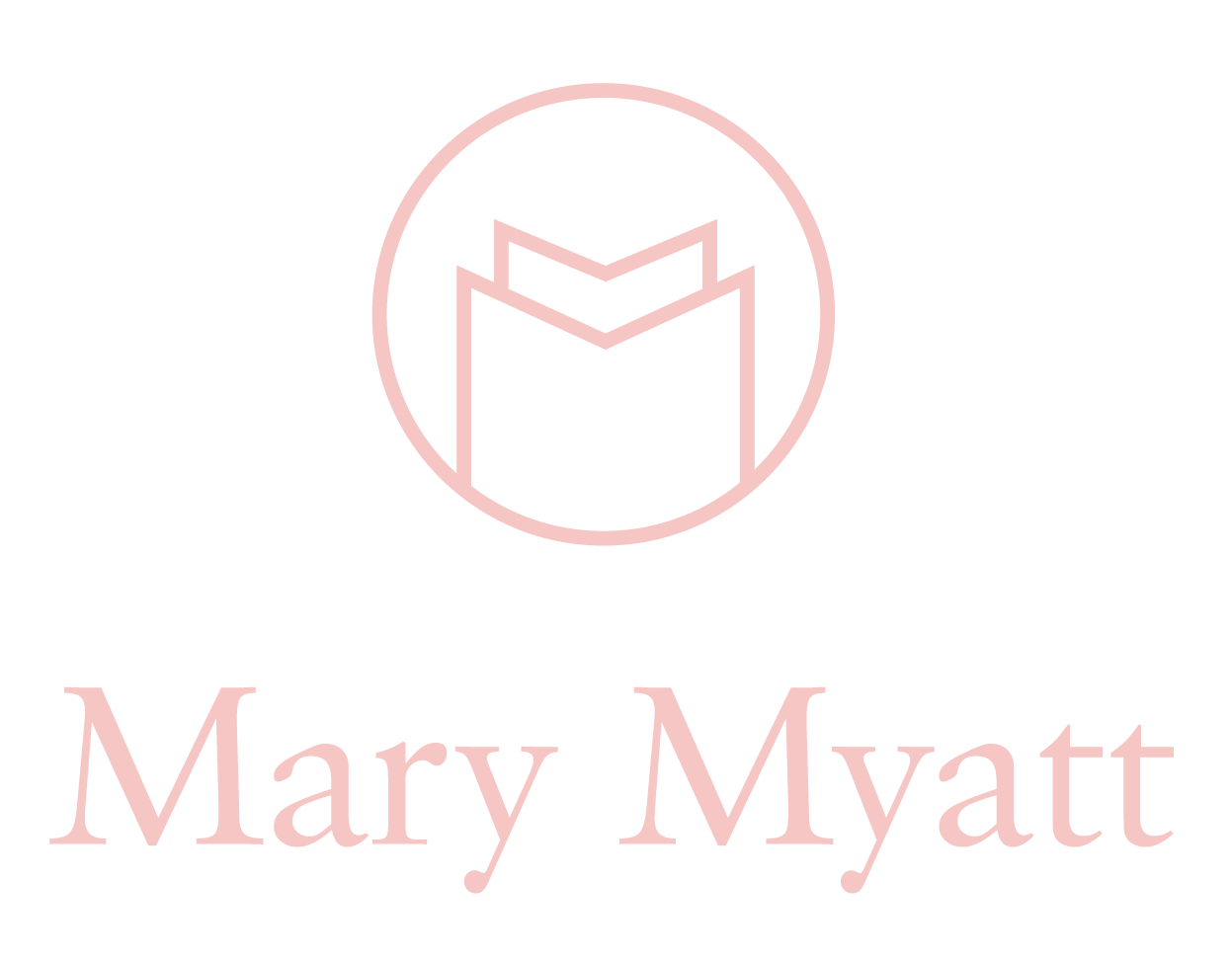How developing curiosity can help pupils to learn the curriculum
Some of the insights from psychology and cognitive science can be helpful in supporting to learn the curriculum. And it also has to be said that many of them are common sense! However, while they might be common sense, they are not always common practice.
One of these insights from Professor Daniel Willingham, is that human beings are curious. Who knew! He also goes on to say that thinking is hard work. It turns out that curiosity can play a role in creating a bridge into doing hard work. When poorer readers were given demanding texts to read as a class, they subsequently made gains in their reading ages. They were asked why they thought they had done so well with more demanding work than they usually tackle. They said that they had wanted to find out what happened next, in other words, their curiosity had been provoked!
When we are curious, we have an intrinsic motivation to want to find out more.
So how can we provoke curiosity in our pupils? One way is through beautiful images, a second is through interesting texts and stories and a third is interesting vocabulary. There are plenty more, but these are useful for starters.
Based on this insight, what some schools are doing is to ask themselves, to what extent does the curriculum in our school provoked pupils’ curiosity?
There’s a short film suitable for staff meetings, where I talk about curiosity on Myatt & Co you can watch it here.

